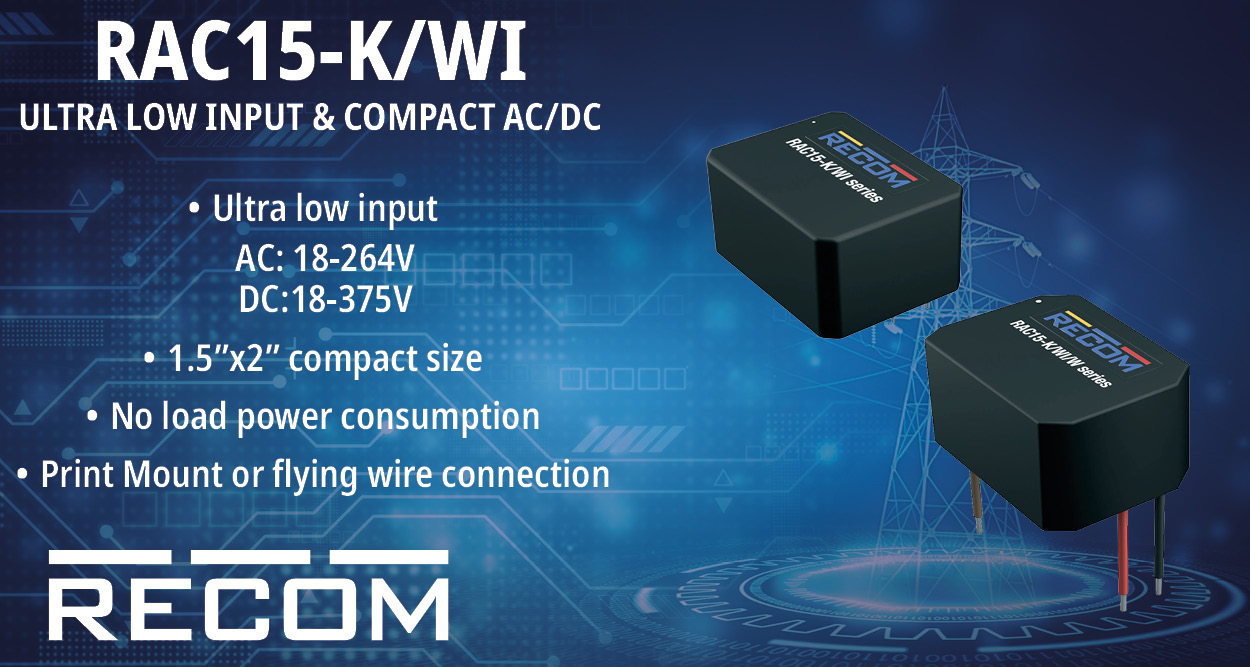The electronic circuit manufacturing industry is undergoing a transformative phase, driven by technological advancements and evolving market demands. Innovations in materials, fabrication techniques, and automation are reshaping the landscape, enabling manufacturers to produce circuits with higher performance, greater reliability, and lower environmental impact. This article explores key innovations, their implementation in manufacturing processes, and their implications for the industry. According to the Consegic Business Intelligence report, Radio Frequency Integrated Circuit Market estimated to reach over USD 54,158.05 Million by 2031 from a value of USD 23,955.07 Million in 2022 and is projected to grow by USD 25,733.97 Million in 2023, growing at a CAGR of 9.7% from 2023 to 2031.
Advanced Materials for Enhanced Performance :
Material innovation is at the heart of modern electronic circuit manufacturing. Traditional silicon-based components are now complemented by advanced materials such as gallium nitride (GaN), silicon carbide (SiC), and graphene. These materials offer significant advantages:
Gallium Nitride (GaN): Widely used in power electronics, GaN provides higher efficiency, faster switching speeds, and reduced heat dissipation compared to silicon.
Silicon Carbide (SiC): Ideal for high-temperature and high-voltage applications, SiC enhances the performance of power converters and inverters in automotive and renewable energy sectors.
Graphene: This emerging material, with its superior electrical conductivity and flexibility, is being integrated into next-generation flexible circuits and high-frequency applications.
The adoption of these materials requires adjustments in manufacturing processes, including specialized deposition techniques and enhanced quality control measures to ensure consistency and reliability.
Innovations in Fabrication Techniques :
Cutting-edge fabrication techniques are central to achieving the miniaturization and complexity demanded by modern electronic devices. Key advancements include:
Photolithography Advancements: Extreme Ultraviolet (EUV) lithography enables the production of sub-7nm feature sizes, pushing the boundaries of Moore’s Law and facilitating the development of high-density integrated circuits.
Additive Manufacturing: 3D printing technologies, including inkjet and aerosol jet printing, are revolutionizing prototyping and low-volume production, offering rapid design iterations and material efficiency.
Flexible Substrate Processing: Roll-to-roll processing techniques for flexible substrates are enabling the mass production of bendable and wearable electronics, catering to emerging markets.
These techniques demand precision engineering, high-capital investment, and skilled personnel to maintain throughput and yield.
Automation and Artificial Intelligence in Manufacturing :
Automation and artificial intelligence (AI) are redefining efficiency and quality in electronic circuit manufacturing. Key implementations include:
Robotic Process Automation (RPA): Automated assembly lines equipped with robotic systems enhance precision in component placement, soldering, and inspection.
AI-Powered Quality Control: Machine learning algorithms analyse production data in real time to detect defects, predict equipment failures, and optimize process parameters.
Digital Twins: Virtual models of manufacturing processes allow for simulation and optimization, reducing downtime and enhancing scalability.
These technologies not only improve productivity but also enable customization at scale, meeting diverse industry requirements.
Sustainability and Environmental Impact :
Sustainability is an integral aspect of innovation in circuit manufacturing. Initiatives include:
Material Recycling: Closed-loop recycling systems for rare earth metals and substrates reduce waste and resource depletion.
Energy-Efficient Processes: Innovations in etching, deposition, and curing techniques minimize energy consumption.
Eco-Friendly Packaging: The shift towards biodegradable and recyclable materials for circuit packaging aligns with global environmental standards.
By prioritizing sustainability, manufacturers contribute to the circular economy while meeting regulatory and consumer expectations.
Source : Radio Frequency Integrated Circuit Market

















